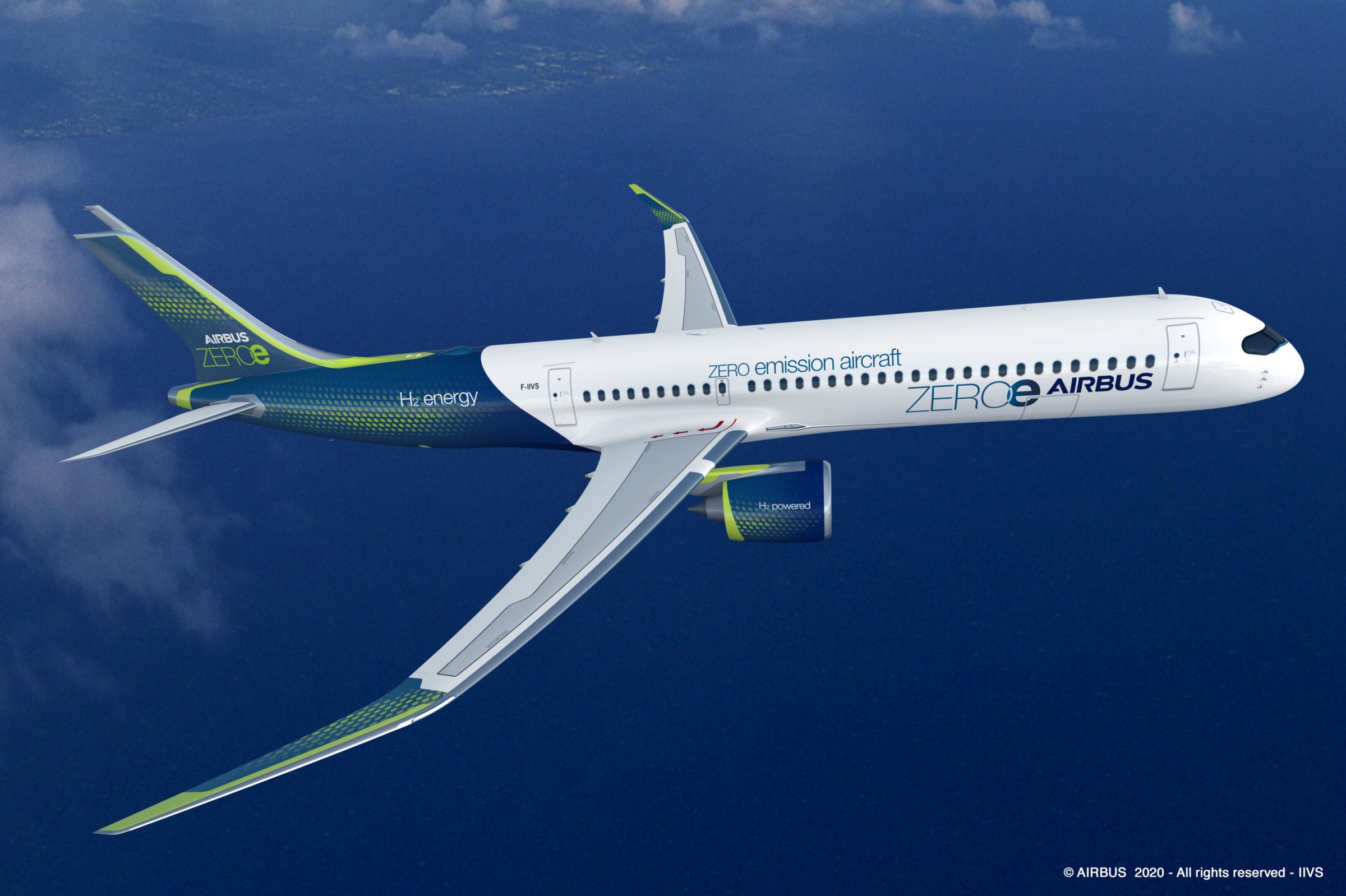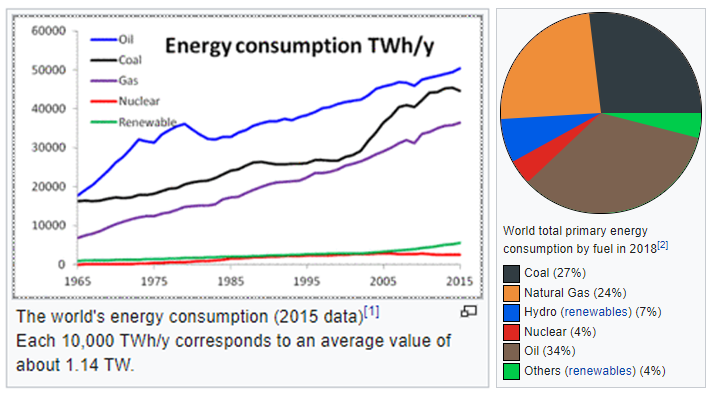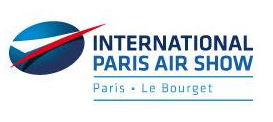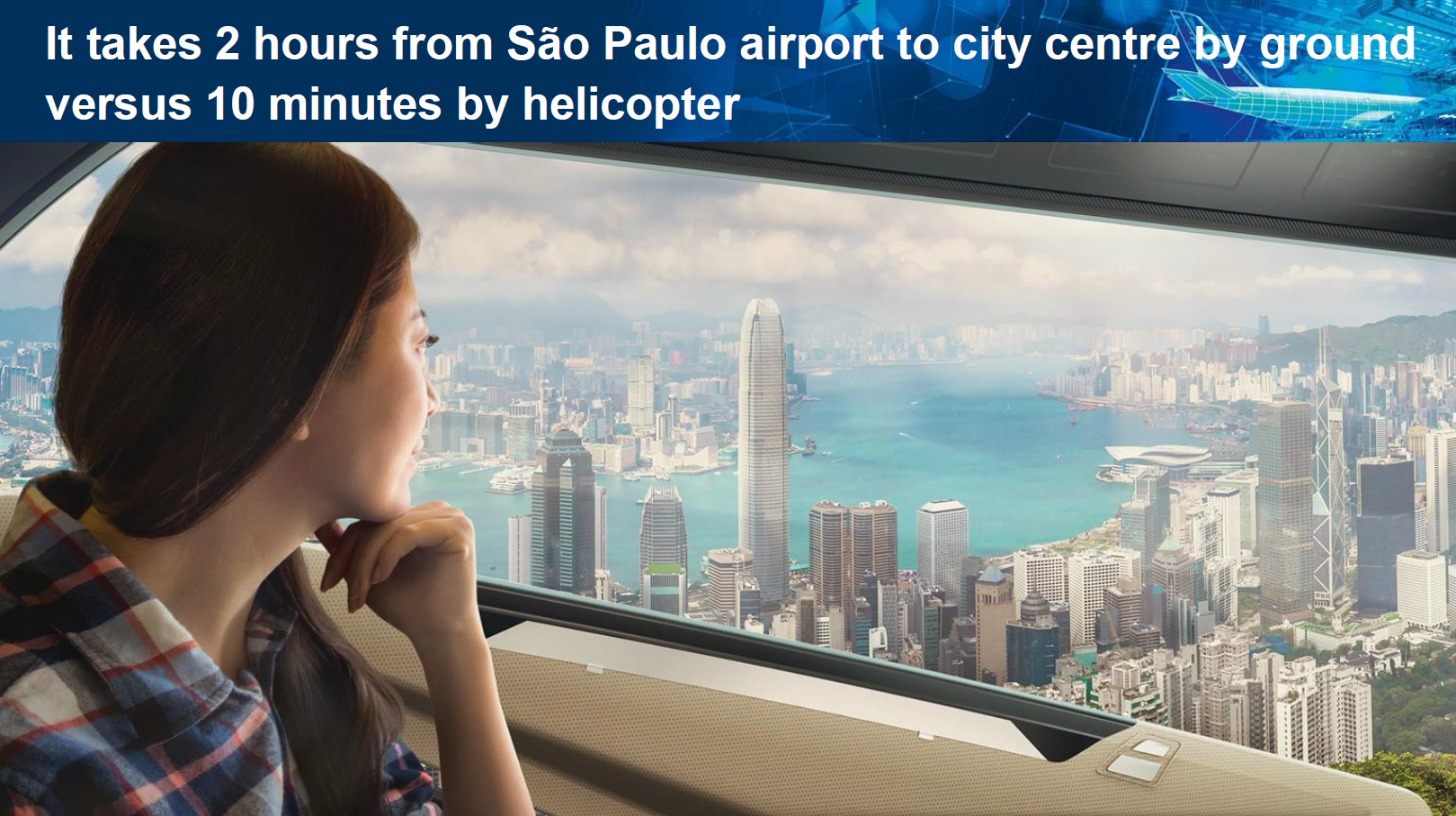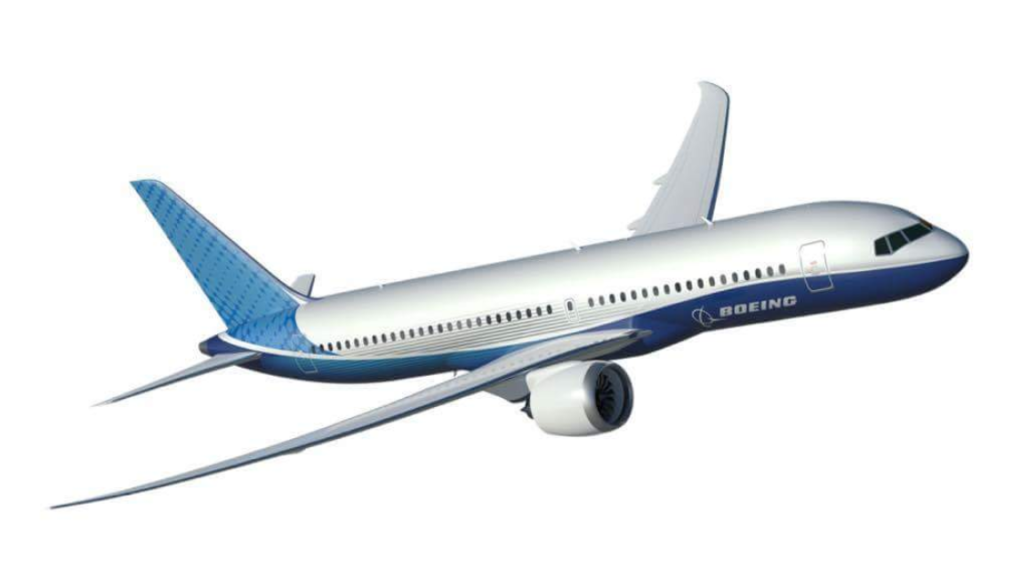Leeham News and Analysis
There's more to real news than a news release.
Bjorn’s Corner: The challenges of hydrogen. Part 19. Hydrogen airliner weight shift
January 8, 2021, ©. Leeham News: In our Corner before Christmas we discussed the hydrogen tank placement at the rear of the aircraft for Airbus’ ZEROe concept turbofan aircraft.
We now calculate how the weight transfer when emptying the tanks in the rear affects the ZEROe’s efficiency.
Bjorn’s Corner: The challenges of Hydrogen. Part 13. The supply of Hydrogen
October 30, 2020, ©. Leeham News: In our series on Hydrogen as an energy store for airliners we now address the problem of liquid hydrogen supply for air transport.
Before we go into the ecosystem and its costs, let’s start with a more principle discussion. Is continuing today’s consumption pattern a valid alternative?
France to invest 15 billion Euro in its aeronautical industry
By Bjorn Fehrm
June 10, 2020, ©. Leeham News: France presented a 15 billion Euro support plan for the French aeronautical industry yesterday, to help the industry overcome the effects of the COVID-19 pandemic.
The plan has three focus areas:
- safeguard the employment of the 300,000 employed in the French aero industry
- transform the supplier network to a more robust structure
- and perhaps most interesting, set the direction for the industries’ next aircraft projects
Converting customers to the FSA
Subscription Required
By Vincent Valery
Introduction
Nov. 28, 2019, © Leeham News: As Boeing works its way through the 737 MAX crisis, all consideration whether to launch the New Midmarket Aircraft (NMA) is on hold.
But the Boeing sales force has been testing the market with a single-aisle concept, the Future Small Airplane (FSA) to replace the MAX.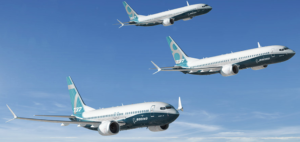
This highly confidential effort has been underway for months. Some lessors have been approached to swap some MAX orders for the FSA—there was a supply-demand imbalance for lessor-ordered MAXes even before the grounding—and airlines across the globe have been approached to gauge interest.
Summary
- Solving a lessor placement headache;
- Older 737 NG replacement;
- Accommodating airlines that over-ordered;
- Brand new (non) metal for old carriers.
The new focus in aircraft development, the production
By Bjorn Fehrm
October 17, 2019, ©. Leeham News: Over the last decades the focus for new airliner projects has been technological advancements in aerodynamics, structures, engines, and avionics. This has offered 15% efficiency gains for the new airliners over the aircraft they replace. While still important, the next airliner projects have an additional focus which has moved to the top of the list. The production phase and how to improve its many parts.
The parts include development for automation, efficient partnering/sourcing and how to reduce the expensive learning phase of the production. We will cover this change in a series of articles around the 9th Aviation Forum, an up-and-coming Munich conference that focuses on these themes.
Airbus CEO says the airline industry must cut carbon emission with 50% by 2050
By Bjorn Fehrm
June 18, 2019, ©. Leeham News: Airbus new management team has set the company ambitious targets for the future. These not only describe how to develop and produce new, more competitive airliners but also defines Airbus’ contribution to a sustainable aviation industry, contributing its part in the fight against climate change.
The new Airbus CEO, Guillaume Faury said at the opening of the Paris Air show “We must find a way to decarbonized aviation. This is for our generation to do. It’s expected of us by the flying public and by society”.
Bjorn’s Corner: Airbus about Urban Air Mobility: Stop dreaming, Start making
May 24, 2019, ©. Leeham News: “Stop dreaming, Start making” was the angle of Airbus responsible for Urban Air Mobility (UAM), Eduardo Dominguez Puerta, presenting during Airbus Innovation days in Toulouse this week.
He also said, over 90% of the present UAM projects will not make it into a certified operational platform. Here’s why.
How useful is an NMA, Part 6
By Bjorn Fehrm
Subscription Required
Introduction
November 14, 2018, © Leeham News.: Last week we operated the future Boeing NMA from North American hubs. The aircraft would cover the North American market well but would have limitations when flying to South America. The coverage would be sensitive to where our hub would be, as would European coverage.
Now we finish the series by comparing the NMA to its main alternatives for range and operational economics.
Summary:
- When comparing the NMA with its competitors, the same cabin type and ruleset must be used for all aircraft.
- Using a common ruleset and measuring over typical long range operation, the NMA will be the most economical aircraft of the compared types.
The Supersonic dilemma
By Bjorn Fehrm
December 20, 2017, ©. Leeham Co: The Super Sonic Transport (SST) has a new spring. Aerion announced its new partner Lockheed Martin Friday and Boom got a new investor in Japan Airlines (JAL) the week before.
The design of a supersonic transport aircraft is exciting and difficult. Yet it isn’t the key challenge. The engine is.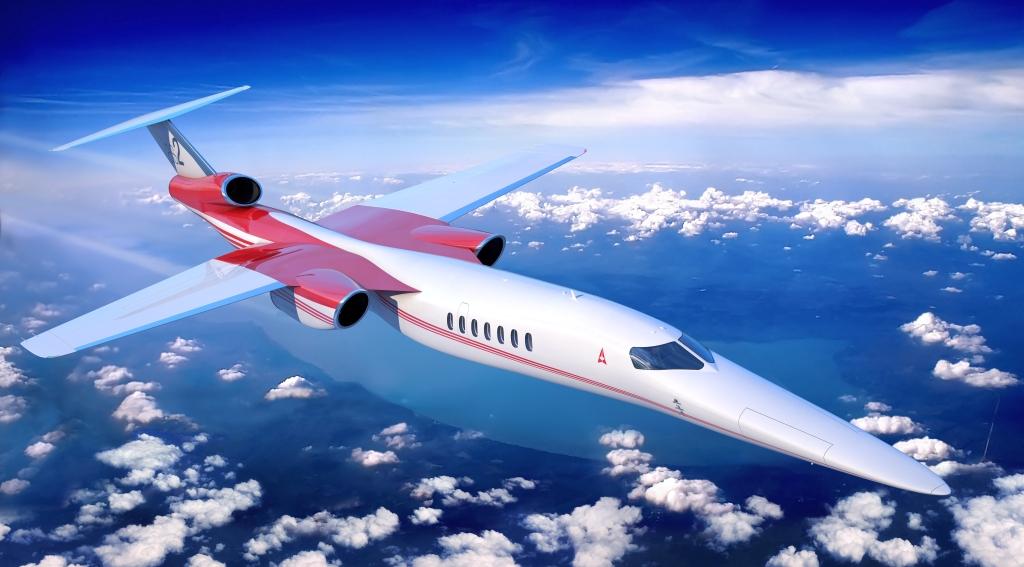
Bjorn’s Corner: Electric aircraft, Part 1
June 30, 2017, ©. Leeham Co: One of the areas I explored while at Paris Air Show last week was electric aircraft technology. With electric aircraft, we mean an aircraft where the propeller/fan is driven my an electrical motor.
We don’t talk about “more electrical aircraft systems” like for the Boeing 787.
One of the companies investing in technology for electric aircraft is Siemens. A Siemens-engined aerobatic aircraft, the Extra 330LE, made daily flight displays during the show.



